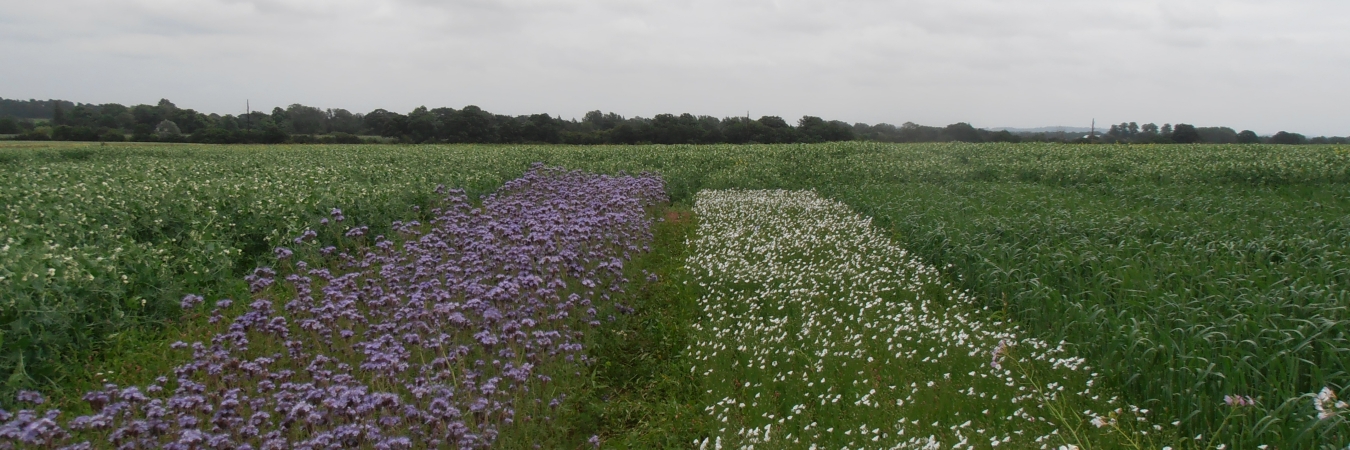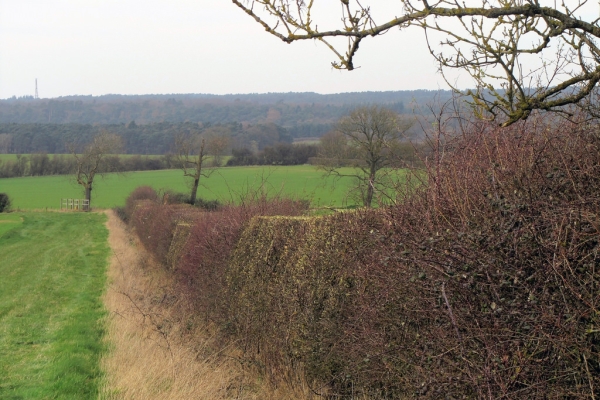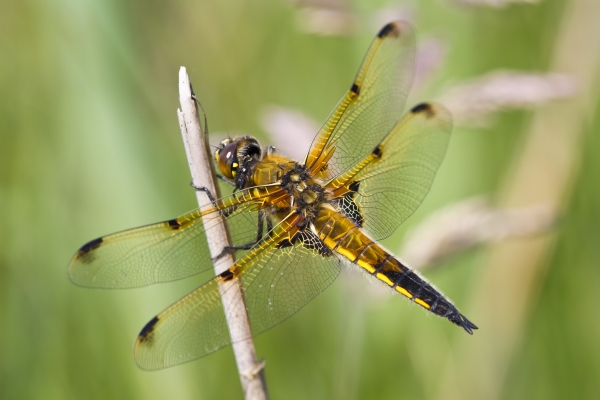Wildlife-friendly farming increases crop yield: evidence for ecological intensification
Resource explained
This paper describes a 6-year experiment on a UK intensive conventional arable farm which assessed the effect of converting a small proportion of less-productive land into a wildlife friendly habitat. It was undertaken by NERC Centre for Ecology and Hydrology with the Wildlife Farming Company. Two different ‘wildlife enhancement’ treatments (removing land at the field edges from production to create wildlife habitat) were compared with the effect of a ‘business as usual’ (BAU) intensive conventional arable rotation (where no land was removed). They found that over a 5-year period, the average yield for all crops within the rotation (wheat, oilseed rape and beans) was significantly enhanced by creation of wildlife habitats on 3% of land. This yield was further increased by creation of habitat on 8% of land. There was also an increase in abundance of pollinators and predatory beetles in the fields where 8% of land was converted to a wildlife-friendly habitat.
Findings & recommendations
- Within the experiment the continuation of conventional intensive farming in which no land was removed from production (‘BAU’) was compared with:
- A simple habitat enhancement that was the equivalent to ‘Entry level Stewardship’ (ELS) agri-environment scheme (removing 3% of the less productive cropping land).
- The ‘ELS extra’ (ELSX) which had 8% of cropped land taken out of production. and included additional wildlife habitats.
- Over the 6 years, there was no net loss of yield at field level in the removal of up to 8% of land.
- It took about 4 years for the beneficial effects on crop yield to become apparent and these appeared to strengthen with time. This may reflect the time taken for populations of beneficial insects to respond to wildlife-friendly farming.
- Abundance and species diversity of crop pollinators was significantly higher in ELSX fields than either ELS or BAU. There was no difference between ELS and BAU.
- Abundance of predatory ground beetles was higher in ELSX fields compared to the others.
- The paper highlights that farmer training may be necessary to deliver more demanding and complex wildlife habitats.








